Slava Ukraini! In early 2022 I began a Telegram channel aggregating news from a number of sources daily on the war in Ukraine. In June 2023 I began providing a daily draft for the Ukraine War Brief Podcast collecting news from over 70 sources daily, which formed the basis of the script. While the Podcast no longer exists I have continued to make this Brief available for my subscriberss here on Substack and anyone who wishes to keep up with the news from the war.
If you find the Brief informative I would appreciate it if you shared it with others.
All the latest news on the Russo-Ukraine War 6 days per week
ALONG THE CONTACT LINE
GSAFU Morning Report
For: Jun 14, 2025
The General Staff of the Armed Forces of Ukraine in its Operational Information update at 08:00 on Jun 14 stated that day 1207 of the full-scale invasion of the Russian Federation against Ukraine had begun.
The situation on the line of combat remains tense in some sectors. Ukrainian defenders continue to actively counteract the Russian aggressor, causing them significant losses in personnel, equipment and technology. Exhausting the enemy along the entire front line and continuing to disrupt the plans of Russian occupiers to advance deeper into the territory of Ukraine.
Over the past 24 hours, aviation, missile troops and artillery of the Defense Forces have hit 11 concentration areas of personnel, armaments and military equipment, one air defense tool and three artillery equipment of Russian invaders.
During the past day, 225 combat engagements took place.
Over the past 24 hours, the enemy carried out 1 missile strike, 66 air strikes, used 2,800 attack drones and fired approximately 5,200 artillery shells across the positions of Ukrainian forces and civilians.
Air Force Daily Report
43 ENEMY UAVS DESTROYED
➖➖➖➖➖➖➖➖➖
On the night of Jun 14 (from 10:00 p.m. on Jun 13), the enemy attacked with 58 Shahed attack UAVs and simulator drones of various types from the directions: Bryansk, Orel, Millerovo, Shatalove, Primorsko-Akhtarsk - Russia.
The main areas of the air strike are Kharkiv, Donetsk, Dnipropetrovsk and Zaporizhia regions.
The air attack was repelled by anti-aircraft missile troops, electronic warfare and unmanned systems units, and mobile fire groups of the Defense Forces of Ukraine.
As of 08:30, air defenses neutralized 43 enemy Shahed UAVs (and other types of UAVs) in the east and north of the country. 23 were shot down by fire weapons, 20 were lost/suppressed by electronic warfare.
Enemy air attack vehicles were hit in 9 locations, and downed aircraft (fragments) fell in 5 locations.
Combat Operations in the Russian Federation
There has been no significant change in the combat environment in this sector since our last report.
The Khortytsia operational-strategic group
(Responsible for the northeastern part of Ukraine. )
Sumy Sector: Russian forces recently advanced in Sumy Oblast.
Geolocated footage published on Jun 13 indicates that Russian forces advanced in northeastern Yablunivka (northeast of Sumy City).
Chasiv Yar Sector: Russian forces recently advanced in the Chasiv Yar direction.
Geolocated footage published on Jun 12 indicates that Russian forces recently advanced southeast of Bila Hora (southeast of Chasiv Yar).
Toretsk Sector: Ukrainian forces recently advanced in the Toretsk direction.
Geolocated footage published on Jun 12 indicates that Ukrainian forces recently recaptured positions in northern Dyliivka (north of Toretsk) and in southern Oleksandro-Kalynove (west of Toretsk).
The Tavria operational-strategic group
(Responsible for the central-eastern and southeastern part of Ukraine.)
Pokrovsk Sector : Russian forces recently advanced in the Pokrovsk direction.
Geolocated footage published on June 12 shows Ukrainian forces striking Russian forces in northern Kotlyne (southwest of Pokrovsk), indicating that Russian forces recently seized the settlement.[60] Additional geolocated footage published on June 11 indicates that Russian forces recently marginally advanced north of Malynivka (east of Pokrovsk).
Velyka Novosilka Sector: Russian forces recently advanced in the Velyka Novosilka direction.
Assessed Russian advances: Geolocated footage published on Jun 13 indicates that Russian forces recently advanced in central Komar, east of Komar, and southeast of Shevchenko (both northwest of Velyka Novosilka).
The Odesa operational-strategic group
(Responsible for Kherson, Qırım, (also known as Crimea) and the Black Sea.)
There has been no significant change in the combat environment in this sector since our last report.
TEMPORARILY OCCUPIED TERRITORIES
Nothing major to report.
THE HOME FRONT
Russian attacks kill at least 3, injure 11 across Ukraine over past day.
At least three people were killed and 11 injured in Russian attacks across Ukraine over the past day, the Kyiv Independent reported citing Ukrainian officials on Jun 14.
In Donetsk Oblast, one civilian was killed and two others were injured in Russian shelling of Yablunivka, Governor Vadym Filashkin said. Russian forces attacked settlements in the region 27 times over the past day.
In Kherson Oblast, five people were injured as Russia struck 23 settlements with drones, artillery, and airstrikes, Governor Oleksandr Prokudin reported. Residential buildings in Kherson city, Antonivka, and other towns were damaged, including a multi-story apartment block, six houses, a gas station, and some vehicles.
In Zaporizhzhia Oblast, at least one person was killed and four others injured in attacks targeting Zaporizhzhia and Polohy districts, Governor Ivan Fedorov said. Russian forces launched 438 strikes on 16 settlements, including 11 airstrikes and 266 drone attacks, mainly using FPV (first-person view) drones.
In a morning strike on Zaporizhzhia, more than 10 cars were burned at a parking lot, and at least 15 buildings were damaged. One person was injured.
According to Radio Free Europe/Radio Liberty, the Russian attack also destroyed a humanitarian aid warehouse in Zaporizhzhia. Over 100 metric tons of humanitarian supplies reportedly burned in the fire. The aid had recently arrived in five trucks and was intended for displaced people and residents of front-line areas. The damage is estimated at around $3 million.
UN: Ukrainian civilian casualties from Russian attacks in 2025 up 50% compared to last year.
The UN Human Rights Monitoring Mission in Ukraine documented nearly 50% more civilian casualties in the first five months of 2025 compared to the same period in 2024, the Mission has reported.
The Russian military conducts regular attacks on Ukrainian regions using various weapon systems including strike UAVs, missiles, guided aerial bombs, and multiple launch rocket systems. Russia targets residential buildings, schools, hospitals, and energy facilities but denies these accusations. This violence is aimed at exerting psychological pressure, inducing fear and weakening resistance to Russian advances and demands.
In May alone, at least 183 civilians were killed and 836 injured across Ukraine, according to the UN Human Rights Monitoring Mission in Ukraine.
The data shows that attacks using long-range missiles and loitering munitions caused the most widespread harm across the country. Near frontline areas, short-range drones equipped with high-resolution cameras for precision targeting produced the highest civilian casualty rates.
“This year has been devastating for civilians across Ukraine, with significantly more deaths and injuries than during the same period in 2024,” stated Danielle Bell, Head of the UN Human Rights Monitoring Mission in Ukraine.
Bell described the combination of intensified long-range attacks and frequent short-range drone strikes along the frontline as “a deadly combination for civilians.”
The attacks affected cities across the country, with Kharkiv experiencing particular impact, along with Kyiv, Odesa and other cities located far from active frontlines.
Bell characterized the sustained nature of the attacks as particularly harmful to civilian populations.
“Hours-long nightly attacks with hundreds of weapons sow fear among families who spend their nights in bomb shelters, listening to the sounds of drones flying overhead,” she said. “At this pace and scale, further loss of civilian life is not just possible—it is inevitable.”
Ukraine, Russia conduct fourth prisoner exchange this week.
Kyiv is continuing efforts to bring home its citizens held captive by Russia, marking the fourth prisoner exchange in a week, President Volodymyr Zelenskyy announced on Jun 14, the Kyiv Independent reported.
"Today, among those returning to Ukraine, many have been in captivity since 2022," Zelensky said. "These include soldiers from the Armed Forces, National Guard, State Border Guard Service, and the State Special Transport Service."
The exchanges are part of the agreement reached during talks held in Istanbul earlier this month, where both sides agreed to phased prisoner swaps and repatriation of fallen soldiers.
The latest group freed on June 14 mainly consists of severely wounded and seriously ill soldiers, many of whom were captured during the defense of Mariupol in 2022.
Most of the released defenders are officers, with some younger than 25 years old. These Ukrainian defenders served on multiple fronts including Donetsk, Zaporizhzhia, Luhansk, Kherson, Kharkiv, Sumy, and Kursk directions, the Coordination Headquarters for Prisoners of War stated.
Ukraine has earlier brought home service members from Russian captivity on Jun 12 and 10. Both swaps also prioritized severely injured and ill captives. The number of personnel released was not disclosed.
The Istanbul deal was reached during the second round of direct talks between the Ukrainian and Russian delegations on June 2 in Istanbul. While no political breakthrough was achieved, both sides agreed to a phased exchange of prisoners and the repatriation of fallen soldiers' bodies. As part of that agreement, Russia pledged to return the bodies of up to 6,000 Ukrainian service members.
Ukraine brought back the bodies of 2,412 Ukrainian nationals, including fallen service members, on June 13 and June 11, as well as 1,200 on June 14.
Amid the ongoing exchanges, Ukraine continues to push for an "all-for-all" formula to bring every captured Ukrainian soldier home, a proposal Moscow has so far rejected. The Coordination Headquarters said preparations are underway for the next phase of prisoner releases in the coming weeks as Kyiv maintains its commitment to recovering all those held captive.
The freed defenders will undergo medical examinations, receive physical and psychological rehabilitation, and be granted all entitled compensation for their time in captivity, according to the Coordination Headquarters.
In a conversation with journalists, Zelenskyy expressed hope that the prisoner exchanges would be completed by June 20 or 21.
RUSSIAN WORLD
Ukraine confirms drone strikes on Russian chemical plants tied to explosives production.
Ukraine's General Staff confirmed on June 14 that overnight drone strikes targeted two major military-industrial facilities in Russia, the Kyiv Independent reported citing a statement from the military.
"As part of efforts to reduce (Russia's) ability to produce explosives and ammunition, the Ukrainian Armed Forces' drone systems, in coordination with other Defense Forces units, struck critical facilities of Russia's military-industrial complex overnight," Ukraine's General Staff said in a statement.
The strikes reportedly hit the Nevinnomyssk Azot chemical plant in Stavropol Krai and the Novokuybyshevsk Catalyst Plant in Samara Oblast. Both sites are described by Ukrainian officials as key suppliers of raw materials and components for Russia's weapons and fuel production.
Stavropol Governor Vladimir Vladimirov said drone debris fell in the city's industrial zone, confirming the strike was aimed at the Nevinnomyssk Azot plant. He initially reported one person injured, but later clarified there were no casualties. Footage circulating online showed explosions and drones flying over the city.
Nevinnomyssk Azot is among Russia's top producers of ammonia and nitrogen fertilizers, and hosts the country's only production lines for methyl acetate and high-purity acetic acid. It also operates Russia’s first melamine production facility, according to open-source data.
The plant, which produces up to one million tons of ammonia and over one million tons of ammonium nitrate annually, is "a critical element of Russia's military-industrial complex," Andrii Kovalenko, head of Ukraine's Center for Countering Disinformation at the National Security and Defense Council, said.
Kovalenko noted that ammonium nitrate is a key component for explosives and artillery shells. He added that the plant also synthesizes dual-use chemicals such as melamine, acetic acid, methanol, and potassium nitrate, frequently used in the production of grenade launchers, mines, and rocket charges.
Since 2024, the plant has been producing water-soluble fertilizers, which he said have been adapted to serve military chemical needs.
Ukraine's General Staff said the strike caused explosions and a fire at the site.
In Russia's Samara Oblast, a separate drone strike reportedly damaged the Novokuybyshevsk Catalyst Plant, the country's largest specialized facility for producing catalysts used in petroleum refining and petrochemicals. The region's governor, Vyacheslav Fedorishchev, confirmed an attempted drone attack overnight on an industrial site in Novokuybyshevsk.
Kovalenko said the plant has a strategic role, stating that without its output, Russia's oil refineries, and by extension, its supply of aviation fuel, diesel for armored vehicles, and rocket propellant, would be severely affected.
Russia's Defense Ministry claimed it intercepted a total of 66 drones overnight across several regions, including 30 over Voronezh Oblast, 10 over Belgorod Oblast, 8 over Stavropol Krai, 6 over occupied Crimea, 1 over Samara Oblast, and 11 over the Azov Sea.
RELATED INTERNATIONAL NEWS
Zelenskyy - Change of tone needed in conversations between US and Russia.
President of Ukraine Volodymyr Zelenskyy in an interview with the American TV channel Newsmax, today, America's dialog with the Russians resembles a warm conversation.
"Let's be honest: this will not stop Putin. A change of tone is needed. Putin must clearly understand that America will stand by Ukraine, in particular by imposing sanctions and supporting our army," he emphasized.
According to Zelenskyy, any signals of aid cuts or attempts to put Ukraine and Russia on the same level are deeply unfair.
"Russia is the aggressor, it brought this war, and it does not want to end it. That is why the world must give a clear signal: if Putin refuses to end the war, he will face the strongest possible sanctions," he said.
Additionally during his evening address to the nation on Jun 13, Zelenskyy said Ukraine does not perceive congratulations from its partners to Russians on the occasion of public holidays in the aggressor country in a positive light. This comment was made after US Secretary of State Maro Rubio congratulated Russia on Russia Day.
According to Zelenskyy, this day is a symbol of Russia's independence, which at the same time is waging a war to deprive Ukraine of its independence.
"In any case, the United States' congratulations to Russia on Russia Day are an unpleasant fact for me. I will not hide it. This is Russia's independence day. They want to take away our independence. This war is specifically for Ukraine's independence. Russia's war against Ukraine," the president said.
He also emphasized that in the context of the war waged by Russia against Ukraine, congratulations on state holidays by Ukraine's partners are not perceived positively.
Zelenskyy called for understanding the symbolism of such actions in the context of the current confrontation.
MILITARY & TECH
Ukraine's Sapsan ballistic missile to enter serial production following successful combat testing.
Ukraine’s domestically developed short-range Sapsan ballistic missile has successfully completed combat testing and is in the process of serial production, Ukrainian media reported on June 13.
The missile, with a payload of 480 kg, completed testing in May after successfully striking a Russian military target at a range of nearly 300 km, Valentyn Badrak, head of the an independent Ukrainian think Center for Army, Conversion and Disarmament Studies told Liga.net.
Ukraine's Defense Ministry reportedly dedicated a department to formulate and test the missile.
There is no reported timeline as to when the missiles can be seen in regular use on the battlefield.
Domestically produced long-range weapons are of key importance to Ukraine's defense strategy, as Western partners have been slow in delivering adequate weaponry amid increasing Russian attacks and offensives.
The news comes as U.S. Defense Secretary Pete Hegseth said in a congressional hearing on June 10 that the United States will reduce funding allocated for military assistance to Ukraine in its upcoming defense budget
In November 2024, President Volodymyr Zelenskyy announced that Ukraine has produced its first 100 missiles.
Since then, Ukraine has continued to increase domestic weapon production. Zelensky said on April 16 that over 40% of the weapons used at the front line are now produced in Ukraine, including over 95% of drones used at front line.
Zelenskyy also previously revealed that Ukraine had developed another domestic-made weapon, a missile-drone Palianytsia.
As Ukraine attempt to increase its defense production, Russia has continued to unleash large-scale attacks on Ukrainian cities, regularly launching hundreds of drones to overwhelm Ukrainian air defenses.
Ukraine's military intelligence (HUR) shared with the Kyiv Independent that Russia's production of ballistic missiles has increased by at least 66% over the past year.
Ukraine's Defense Minister Rustem Umerov said in late 2024 that Ukraine also resumed and scaled up serial production of Neptune cruise missiles, modifying them to have a greater range.
Kyiv has received a number of long-range missiles from partners, such as U.S.-made ATACMS, British Storm Shadow, or French SCALP/T. Despite Ukrainian requests, German Defense Minister Boris Pistorius said on June 12 that Berlin has no plans to provide Taurus long-range missiles to Kyiv.
Tu-160M Repairs Take 18 Months and 10 Companies, Even Before Ukraine's Operation Spiderweb.
The data obtained by intelligence points to the real capacity of russian defense industry to resuscitate it's strategic bomber fleet, especially acute after Ukraine's successful attack on the said aircraft
Private intelligence company Dallas has released a new report exploring a rather detached yet nonetheless interesting case showing Russia's ability to restore its strategic bomber fleet.
Although raised in the context of the consequences of Operation Spider Web on June 1, 2025, during which Ukrainian forces reportedly struck as many as 41 bombers inside Russia, the example is illustrative in principle.
The focal point of this analysis is the Tu-160M bomber named Ilya Muromets, tail number 801 — the very aircraft Vladimir Putin used for a propaganda flight in February 2024, and which suffered an engine fire just one month after that flight.
According to internal planning documents, restoring this single Tu-160M would require at least 18 months of work and the coordinated efforts of ten separate enterprises within Russia's defense-industrial complex.
Dallas cites meeting minutes received from insider sources that detail a closed session held on April 15, 2025. The agenda: repair of Tu-160M No. 801, along with other problem-ridden aircraft produced by Tupolev.
Side note: the first one to report the engine fire on this aircraft was an anonymous pro-russian Telegram channel in early 2024. At the time, the claim went largely ignored due to its dubious origin.
Now, however, the appearance of internal documentation confirming both the accident and the repair effort leave no room for doubt. According to the leaked protocol, the fire was caused by the installation of a counterfeit turbine support — on an aircraft that had always been presented as "absolutely reliable."
The report includes a list of contractors and the parts or systems they are responsible for repairing or supplying, along with target deadlines for each. These include:
It remains unclear how much of the planned work has already been completed and what resources (financial or otherwise) have been committed so far. Still, Dallas analysts note how Ukrainian special forces during Operation Spider Web reportedly targeted the bombers' most irreplaceable components — the engines.
The analysts raise a pointed question: "Moscow needs at least a year and a half to fully repair a single aircraft. So what happens when several dozen are simultaneously put out of commission?"
That’s it for today’s Brief folks if you would like to keep up with events in Ukraine daily please consider subscribing, it’s free!


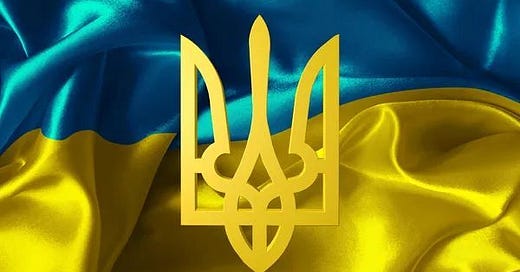




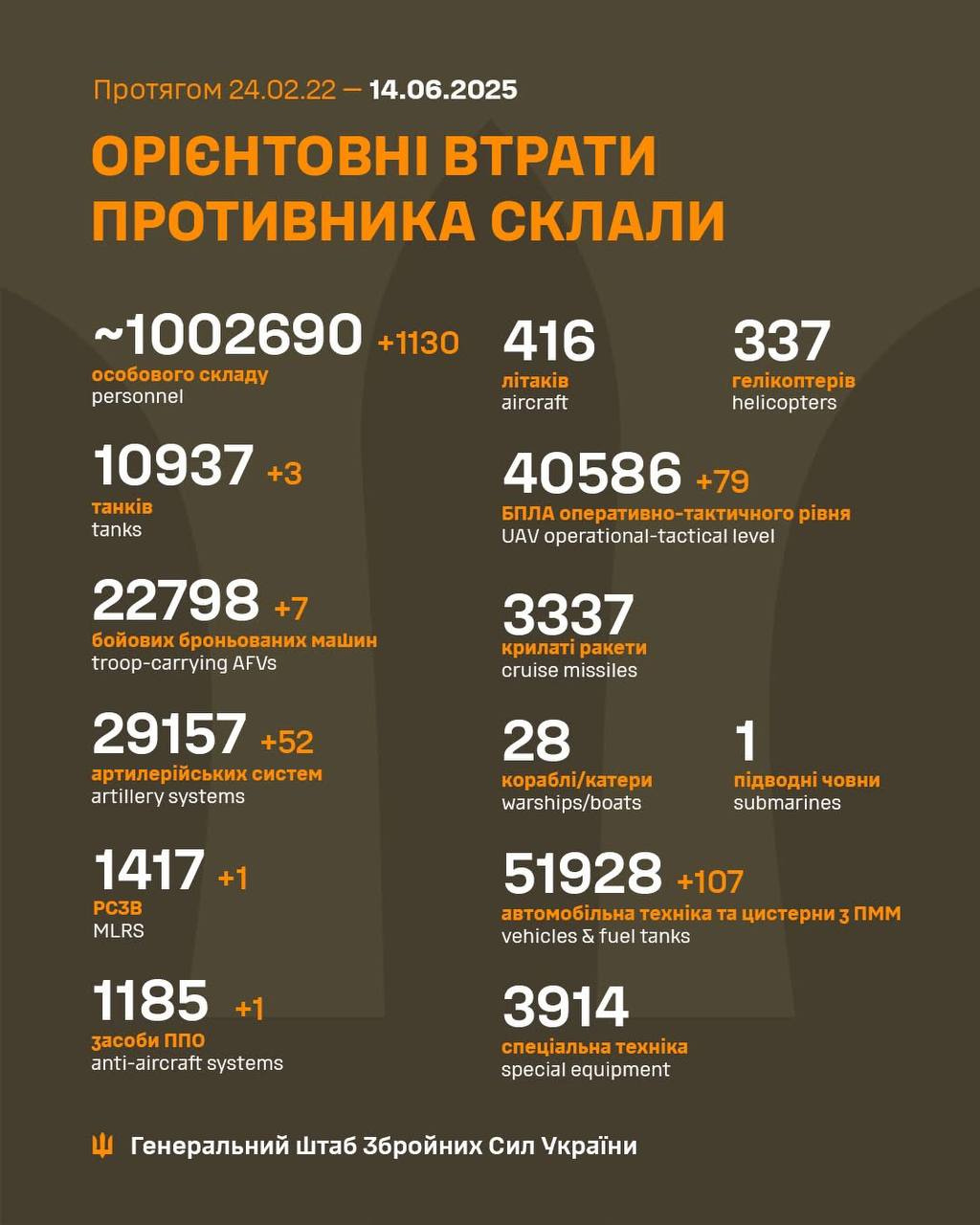

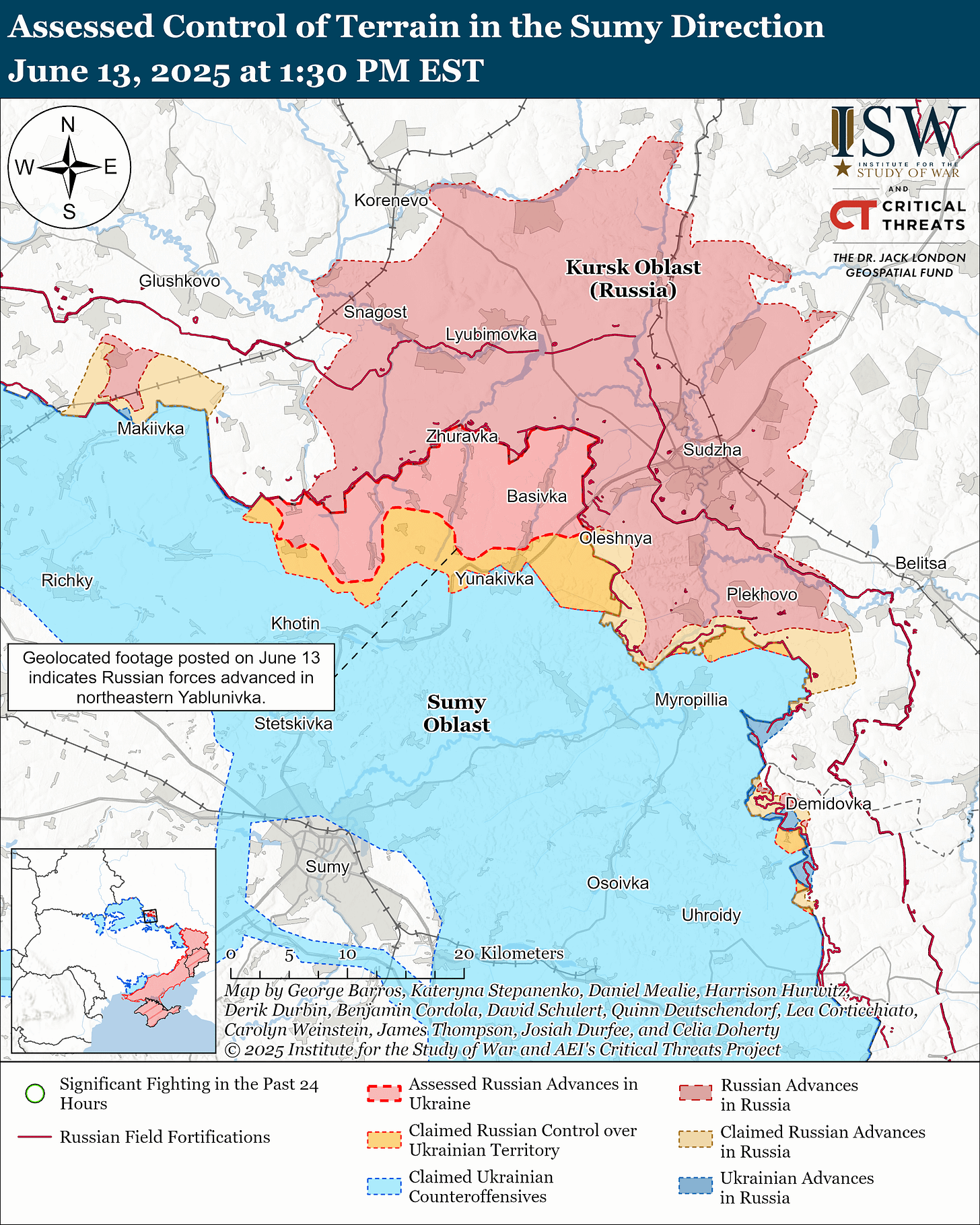
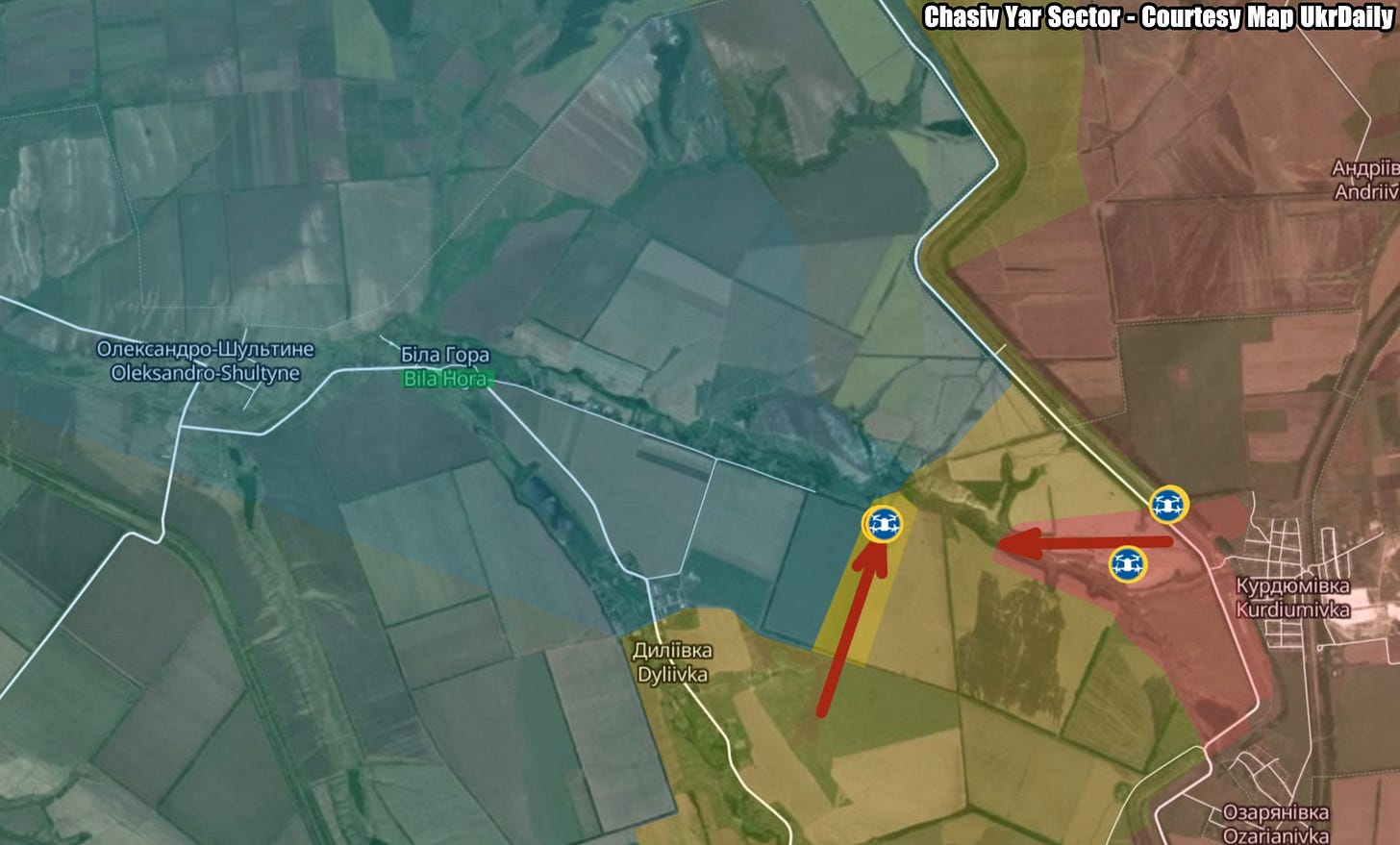
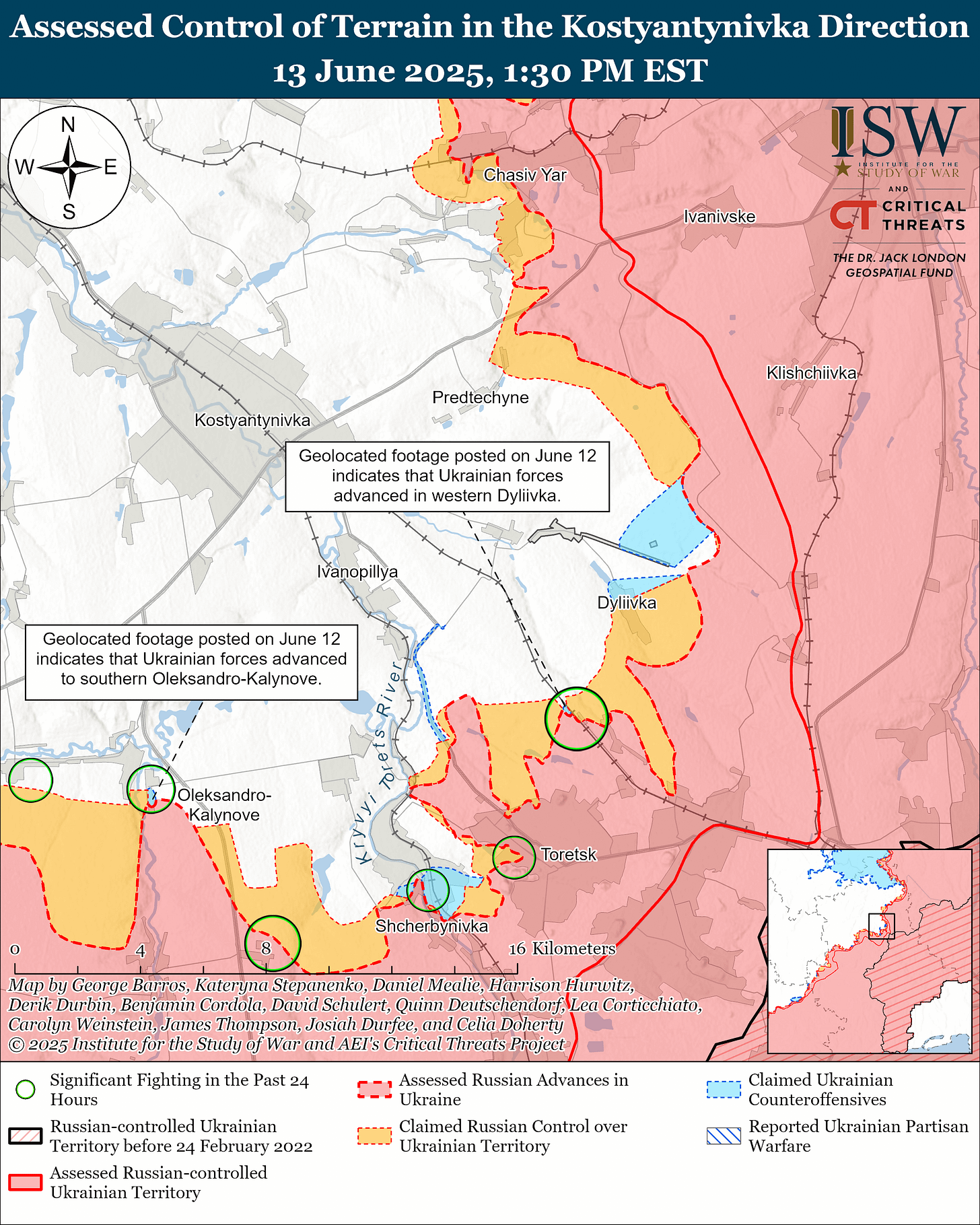
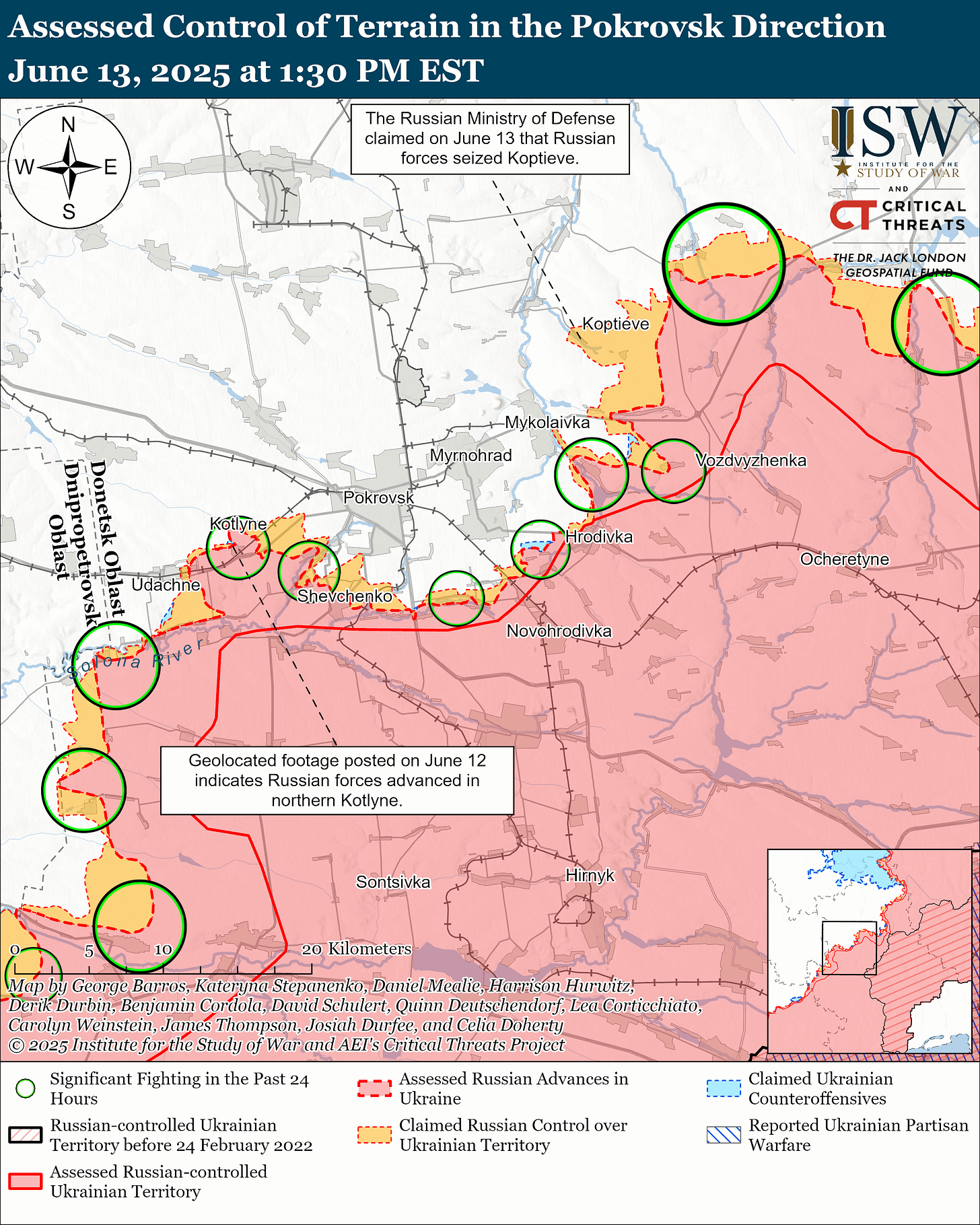

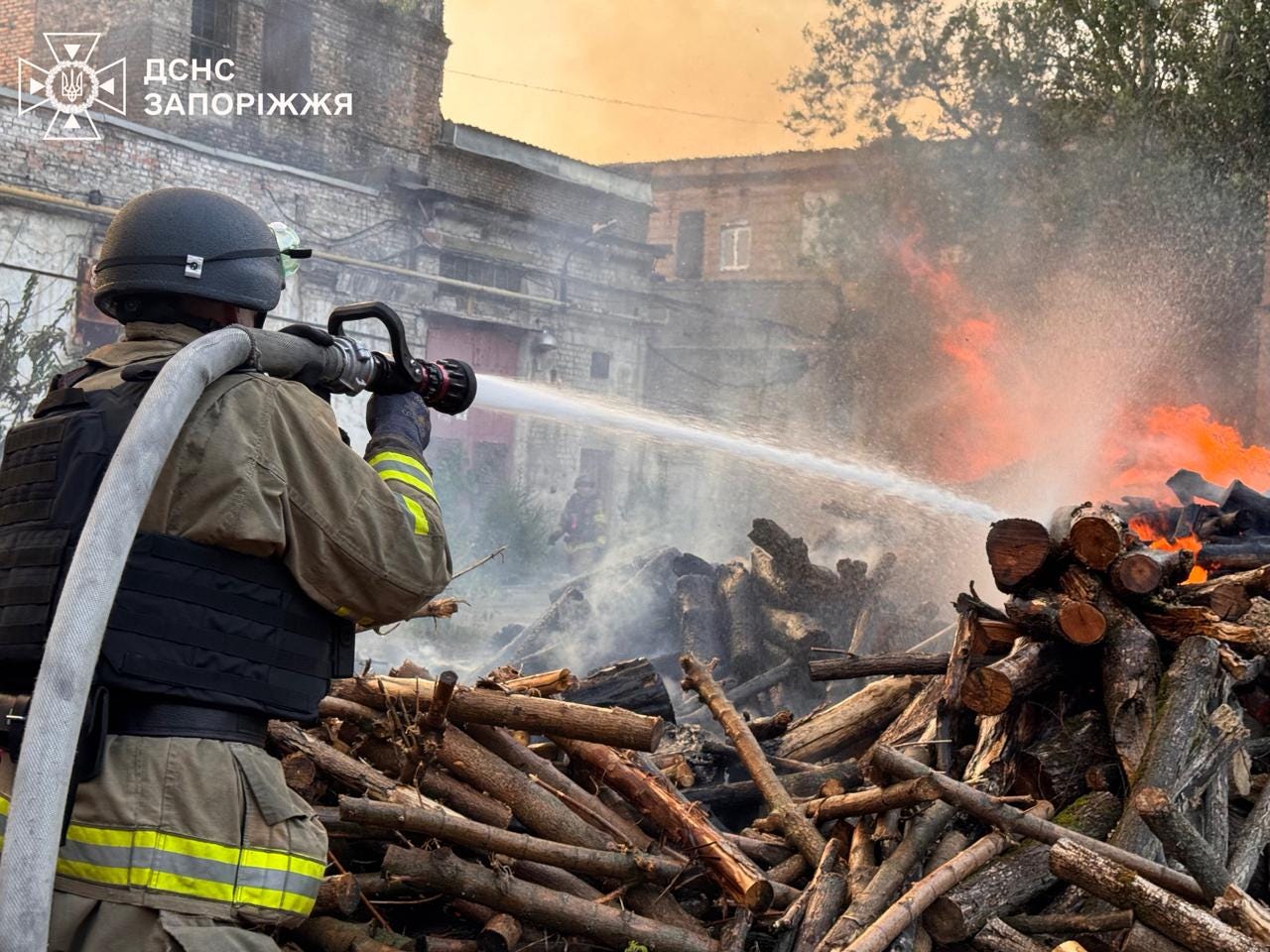

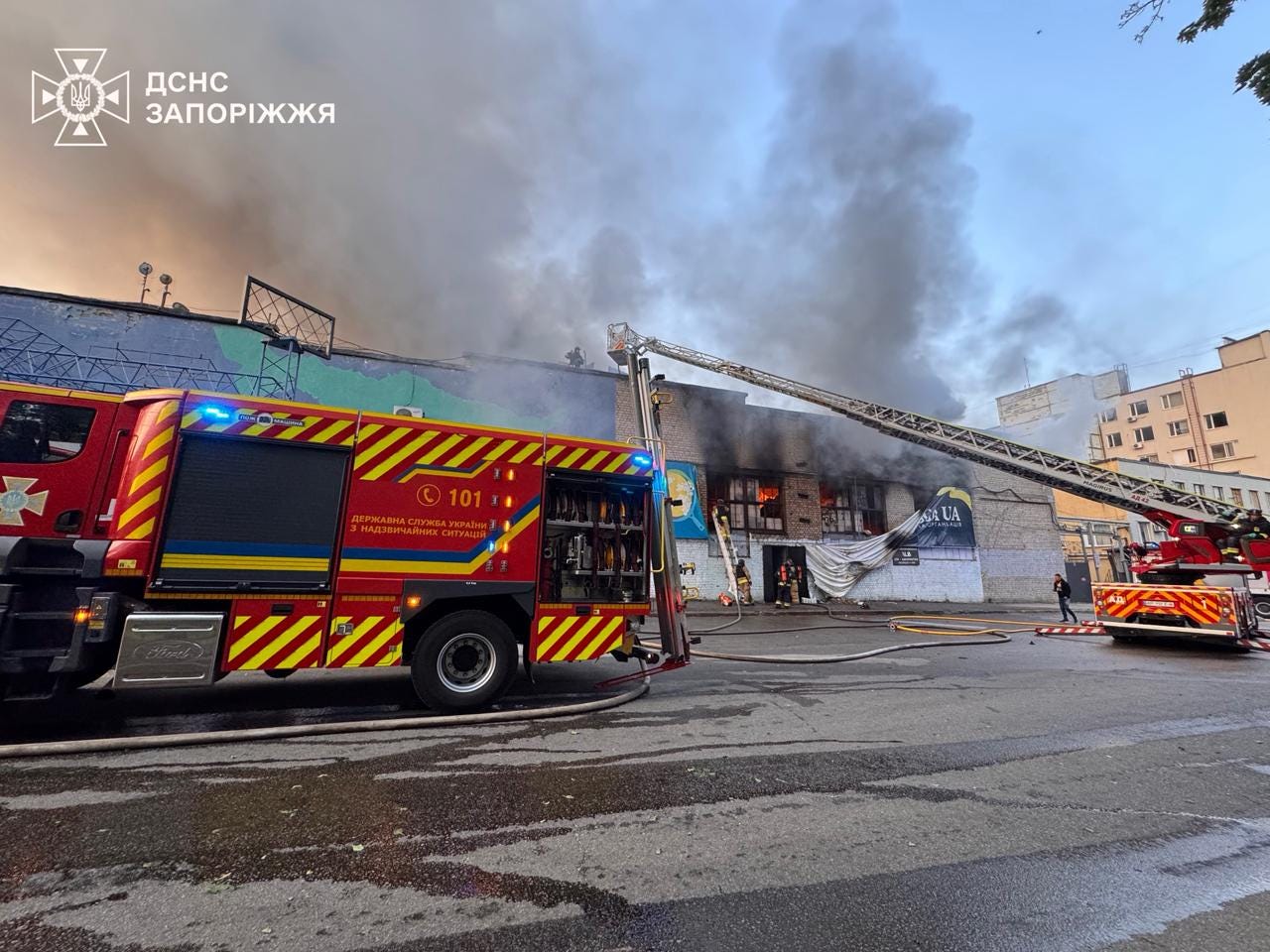


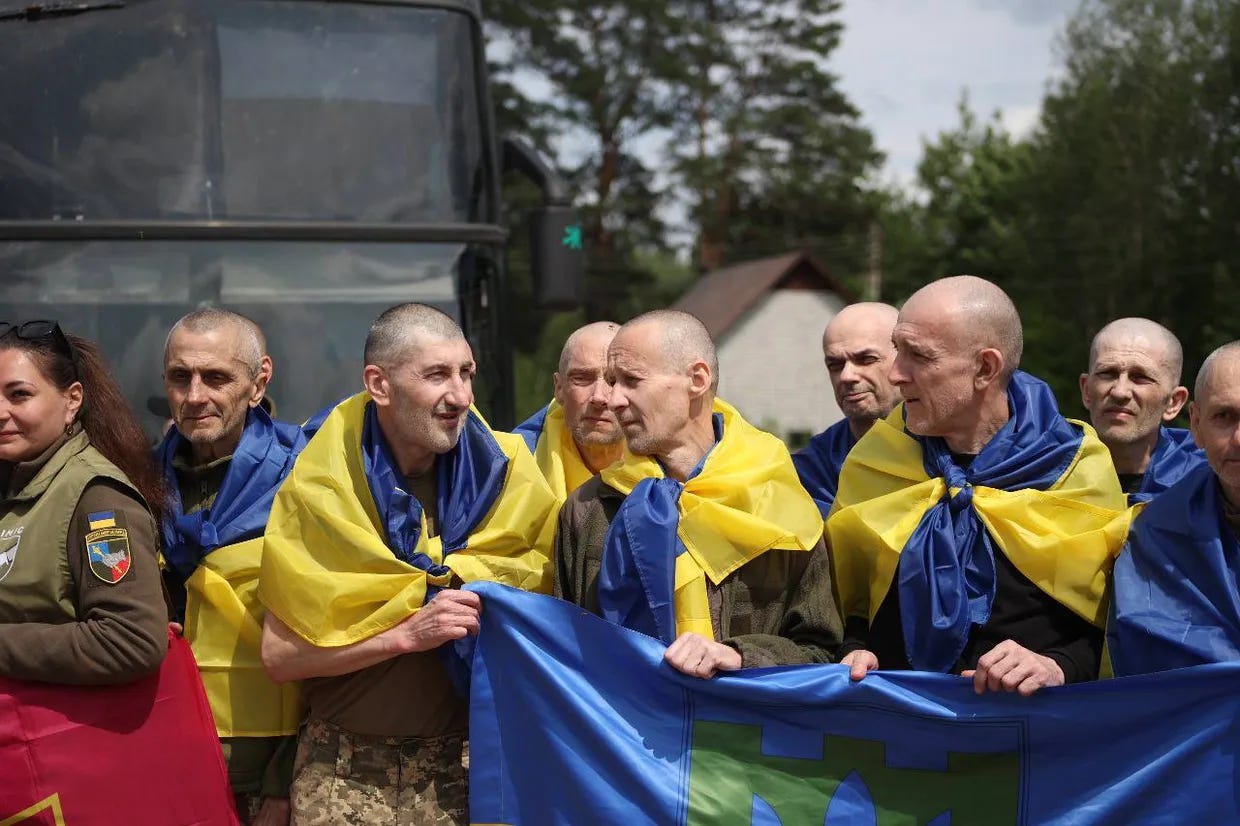



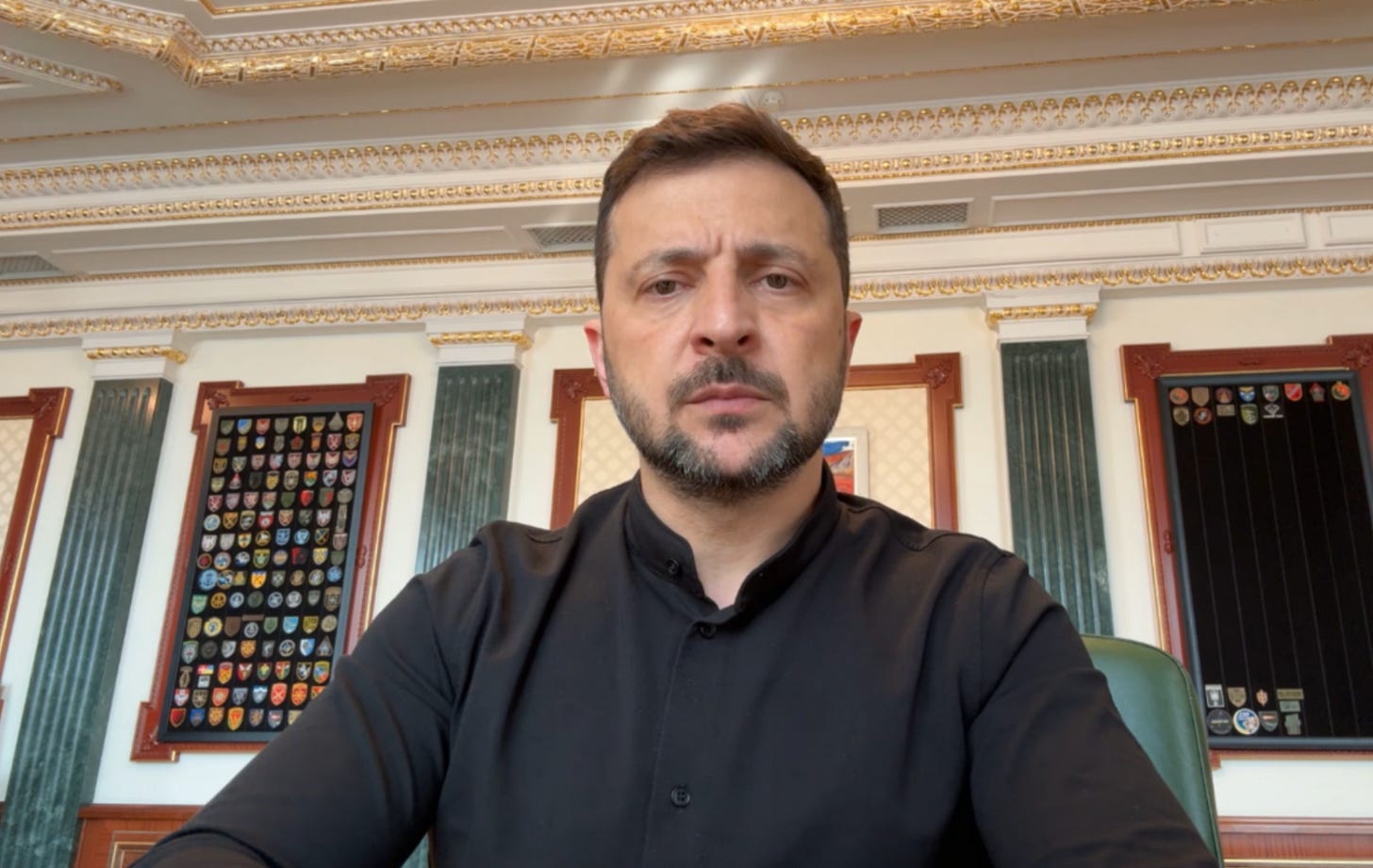
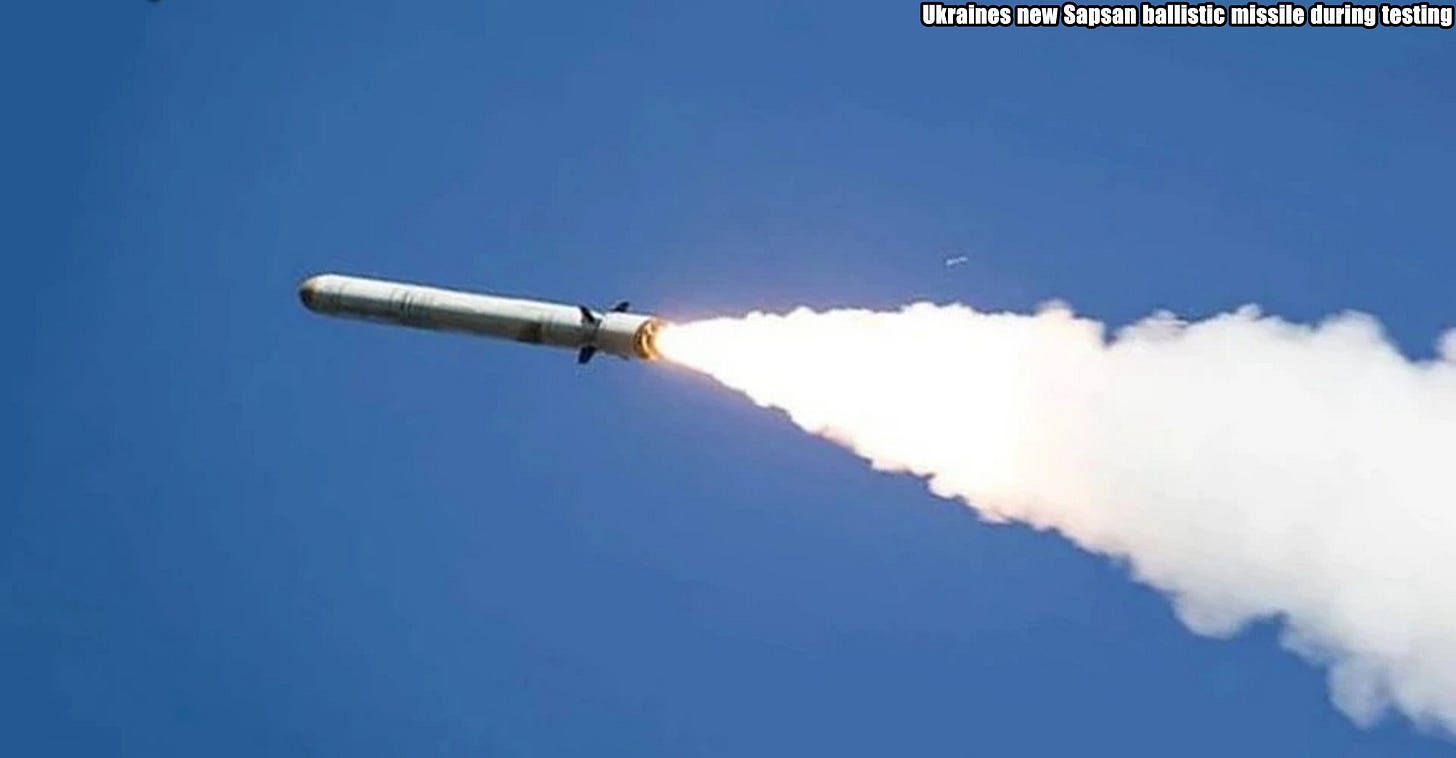

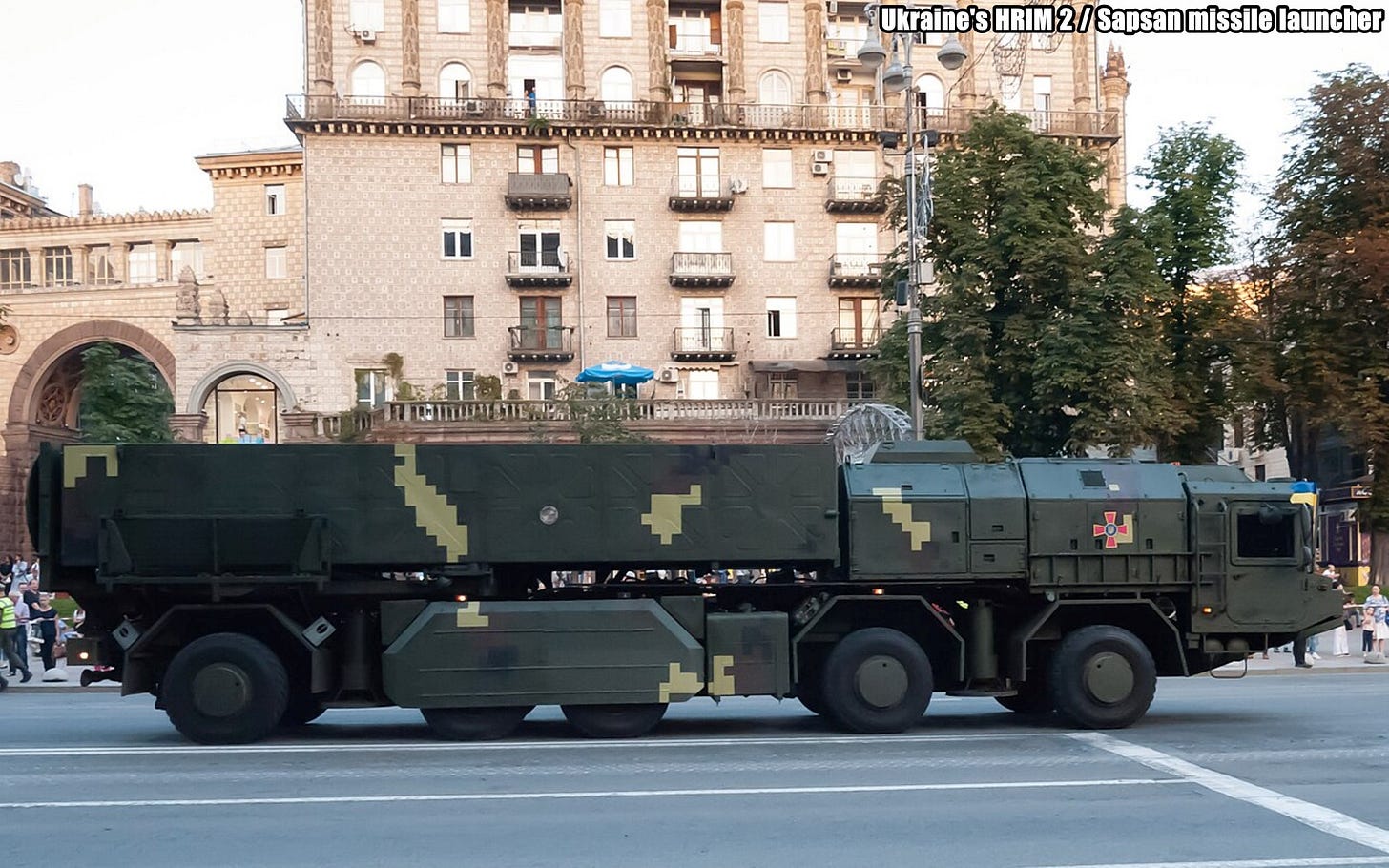


Hey grumps, off hand, what do you know about further negotiations, or commitments, NK and China have made to fulfill production needs—from tanks and artillery, to drones and shells.